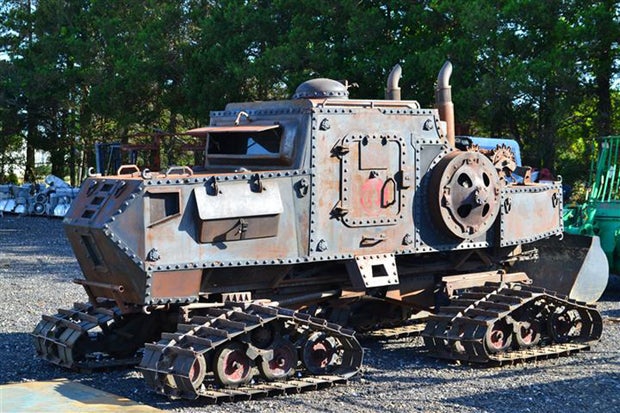
Admit it: you’ve tried this thought exercise: “What do I need to do if I need to get out of Dodge?” An exodus for the rest of us? Off-Road.com is here to help you flee when society goes dodo (and let’s hope it remains a thought exercise).
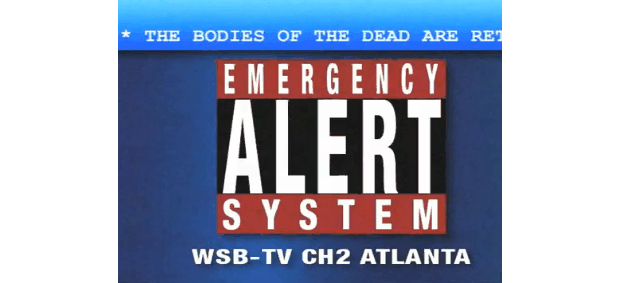
Where do I begin? Let’s consider what you’ll be confronted with: a quick vehicular exit from a crumbling urban metroplex, with gear and provisions to last the time it takes to settle wherever you’re headed. That means:
1. Transportation that can get you out.
2. The provisions you need to survive in that vehicle for as long as it takes to get to where you’re planning to wind up, and to keep that vehicle going.
3.The plan for where you’re winding up.
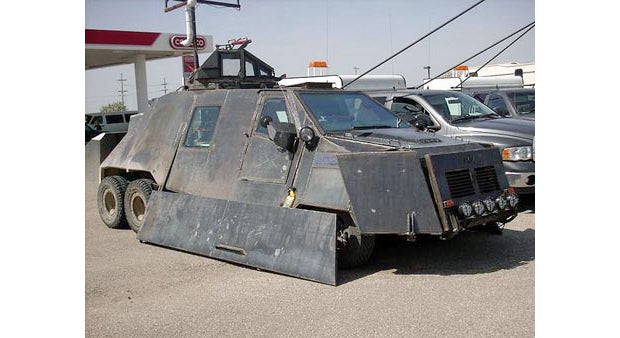
While you’ll need to figure out your #3 on your own (see you in Utah), Off-Road.com has asked me – legitimate zombie-escape/retaliation specialist and host of Hank Watson’s Garage Hour (GarageHour.com) – to peel back a few layers of #1: what you’ll do with your vehicle to make it escape-effective, and #2: what needs to be in it to win it.
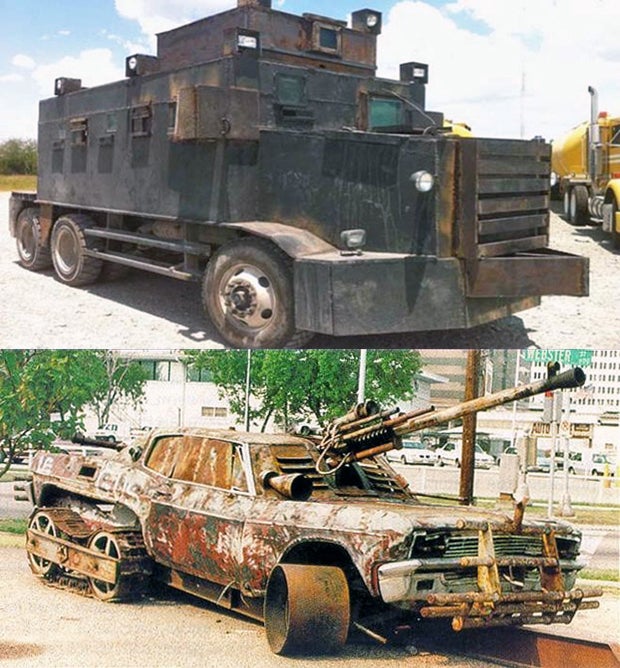
It’s not as if you need to stretch nowadays to imagine circumstances that might drive each of us out of a crumbling suburbia. If it’s not zombies cresting the hill intent on eating everyone willing to pay four bucks for a cup of coffee (“Brains?”), it could be something akin to a “low-information” apocalypse of web-addled Twittering mobs of the mindless (“Today the mall, tomorrow the world!”), the re-Soviet Russians pulling a Red Dawn, or Islamist extremists looking to peg every Geiger counter in your hometown. So, take this story with a grain of salt, but don’t kid yourself: fleeing the crudulation of urban society is a little real for a lot of people. Also, remember: a sense of irony and humor are essential to survival, despite the fact that both are trying to kill you. If you’re such a dummy that you get the Homer Simpson cantaloupe treatment from zombies, you’re not going to last long when death gets smart.
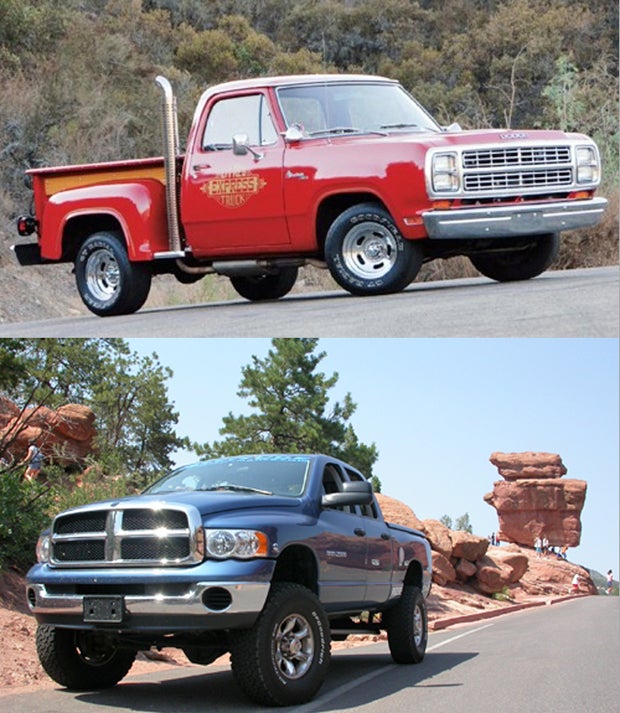
Rules for the Road: What’s Makes a Vehicle Escape?
You may think you’re ready, but are you applying practical rules of apocalypse escape logic? Here are a few that can quickly focus you on what’s a “need” and what’s overboard:
Multi-road and surface capability: A car can go on the road, but a truck can go on-road and off. Something with big ground clearance can also clear big things on the ground.
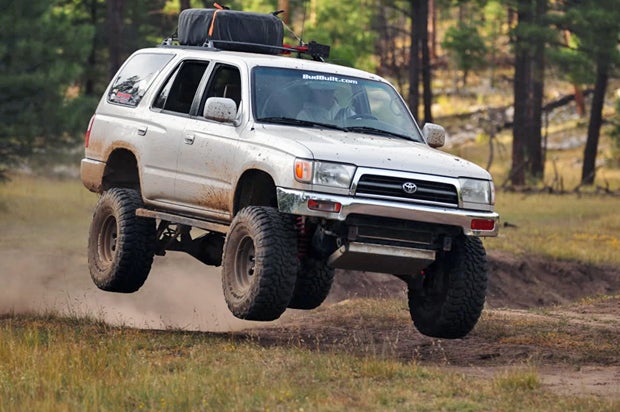
Hauling the essentials: The smaller the rig, the less fuel, food, ammo and booze you can squeeze in, and fewer members of your supporting cast. Of course, the tradeoff is mileage and maneuverability: good luck getting your assault dump truck down an alley.
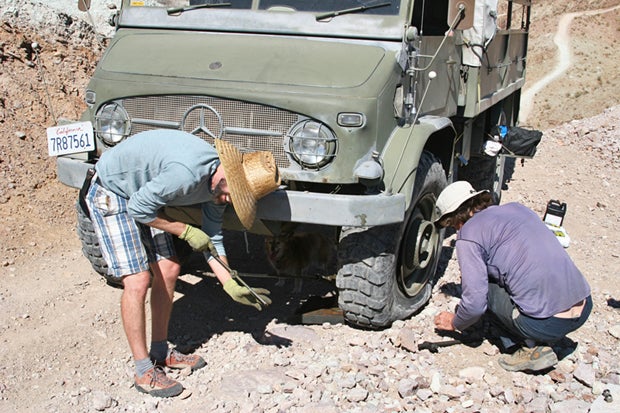
Mechanical replenishment: Which will be easier to find? Gas or diesel? Do you have backup oil and water and other fluids? What about spare parts?
Survivability and durability: A rig built of exotic parts (can you say turbochargers and aftercoolers?) is going to be tougher to repair than a straight-six F-150 or 22RE Taco.
Pickup or wagon? An enclosed interior means more safety, and more secure hauling, but there’s less space to mount a .50-cal, and more weight.
Frame versus unibody: Let’s be honest… one of them is going to break first, and it’s probably not the one that they use to build a Kodiak.
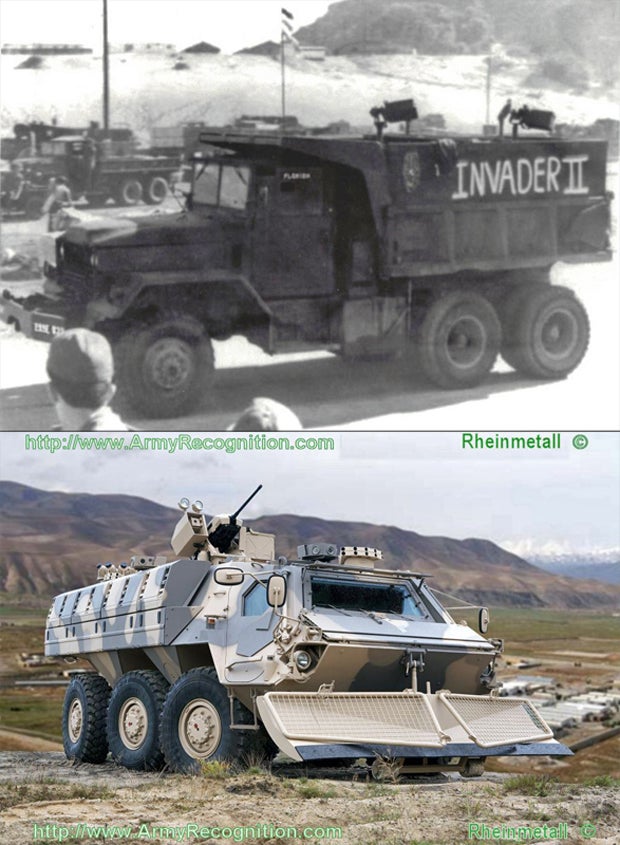
Equipping Yourself for Fun and Pleasurable Dezombification
Let’s figure that you’ve chosen a truck, or if you’re lucky, two: a four-wheel drive pickup like a Ford F-150 or big-block C-20, and a four-wheel drive wagon, like a 4Runner or Suburban (teamwork – there’s much to be said for working with the like-minded). Think about features; think tactically. You may “want” a bush bar with lots of cool tubing, but every edge and tube becomes a place for zombies and commies to grab. Consider “armor,” along the lines of “plow.” You may recall the front-end of Tallahassee’s Escalade in the documentary film “Zombieland.”
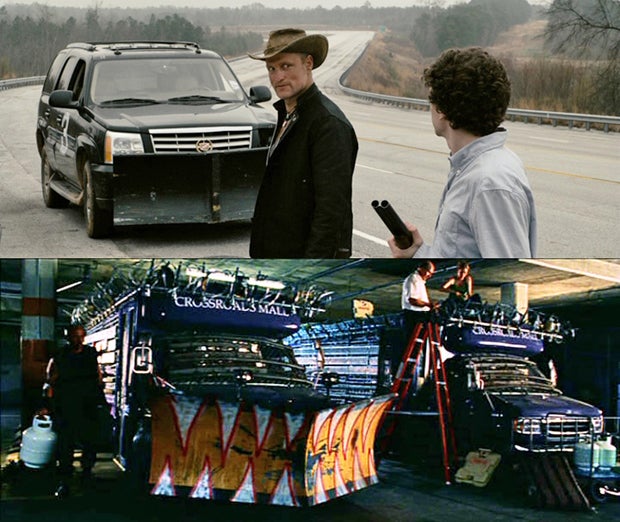
The ability to cover glass would also be useful, but less so if you’re dealing with well-trained shooters instead of brain-dead voters. More important to guard/armor would be vulnerable functionals: the radiator, for example, or dangling brake lines and the fuel tank. Armored undersides also mean fewer places for the undead to get hung up, so skid plates might be ideal. If you need sliders, keep them close to the vehicle body and without handholds.
Power? Yes. Effective extraction is more about reliability, however – 200 ponies delivered reliably are worth more than 400 you can’t count on. Gearing multiplication (and real four-wheel drive versus a viscous-coupled all-wheel drivetrain) will substitute for lesser power on most days. It must, otherwise no one would buy Toyotas... The actual mechanical connection of power to ground through real gears is an underappreciated asset: it’s a lot easier to force two gears to mesh when you’re arguing with a stick instead of a computer.
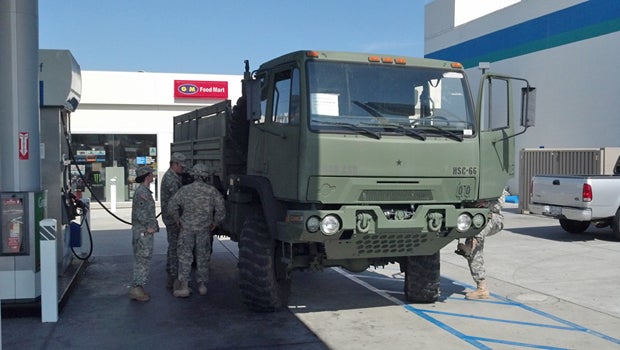
When you consider your needs, consider from a low-information zombie’s perspective as well: a roof rack might seem like a good place to store your water (unless you’re in the cold, which means unless you’re using the new plastic military cans, you’ll have a ruptured can and no water), but it’s also a good place to store a North Korean dead-ender who’s tasked with penetrating your hideout. Fewer external handholds is a good idea. The same goes for things like running boards – anything that makes it easier to get in makes it easier to get in.
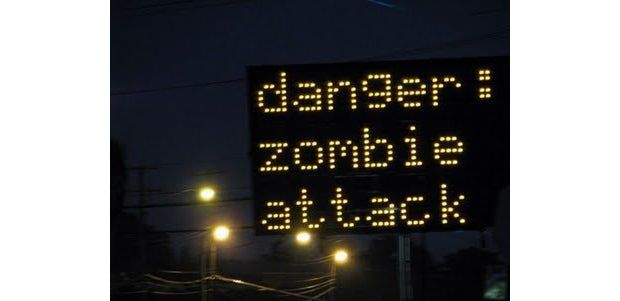
Packing Logic Versus Companion Requirements
Speaking of provisions, it’s time to get efficient. Think dry goods; think dense and easy to pack; think nutrition; think value. The only liquids you haul will be water, fuel (and mechanical drink like oil and trans fluid), and hard alcohol (because of its value medicinally and in a barter setting). Think an electric ‘fridge is a good idea? Think again: unless you’re insulin-dependent (or your doctor said you’d die without ice cream), it’s a power draw that takes up space.
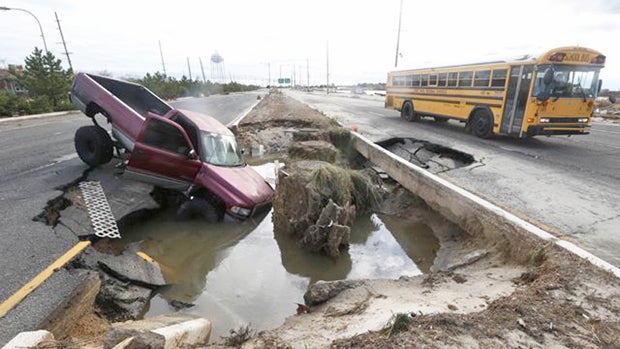
The flipside of the “space” argument includes necessities that support the operation of the aforementioned vehicle. Tools? Yes. If you know your vehicle, you know what you’ll use beyond a crowbar, slip-jaw pliers, BFH (that’s a hammer for those of you missing the acronym) and razor blades. Ether and a blowtorch would be handy. A CB? What spares will make the cut? How many tires? How many belts? A set of brake pads? An extra radiator or power-steering pump? There’s always the salvage angle to consider – things like radiators, hoses, lighting or wiring are more easily salvaged and transplanted from other vehicles than a half-shaft or parts that are particular to your chosen truck (which augments the argument for choosing a vehicle that’s got replacement parts available). A sweet new twin-turbo Raptor might look like a killer way to smash legions of ear-sucking undead, but a solid-axled Blazer can be repaired with a hammer and duct tape and will drive fine with tractor tires.
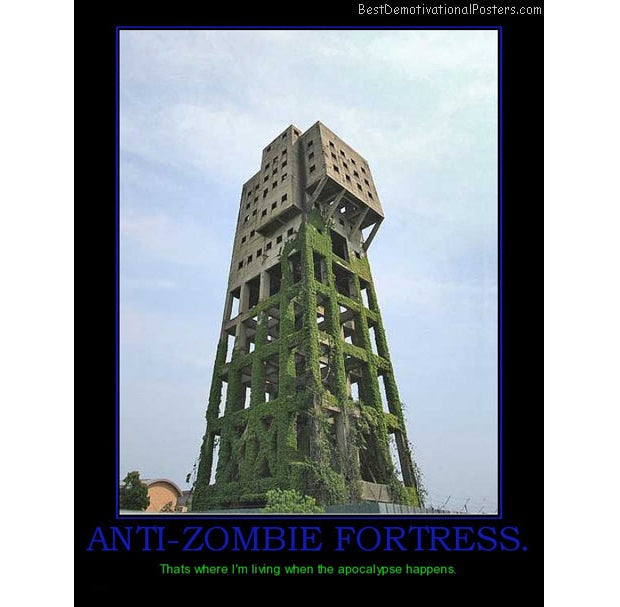
If you encounter a “not enough space” quandary that begins compromising the functional needs of escape, you’ve reached the edge of your envelope: either that’s the wrong truck, you need to leave the fat neighbor behind, or it’s time to expand your forces into additional vehicles. This is where the rubber meets the road, because what you thought you needed quickly becomes something to forget when you run out of space. How many tools, versus how much food? Can you trade canned goods for MREs? Is 1000 rounds of double-00 buckshot too many? Perhaps 200 pieces of 5.56 NATO (which ain’t much good for zombies anyway) is worth a few cans of Sterno, a crate of graham crackers and two bottles of Wild Turkey.
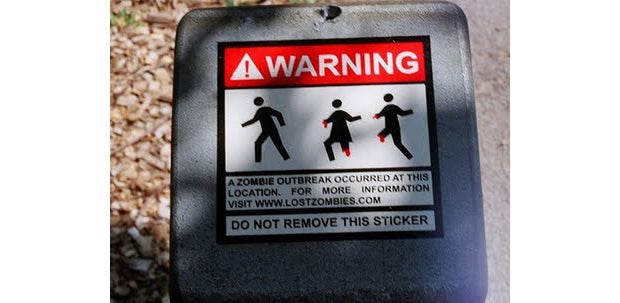
Brass Tacks: The Rig You Need and What It Needs
Pushing capability: A bumper that’s closer to a plow, and build quality that won’t leave you broken down in times of duress. Of course, no bumper can move a jammed freeway, but you’re smart enough to avoid the freeway in urban areas. Right?
Power: Enough to move an obstacle, not so much that it’s thirsty. Power is relative, too – a big vehicle needs more. What about electrical power? Two batteries or a second alternator would be handy for long-term fleeing.
Traction: Four-wheel drive that is enabled with properly aggressive rubber, and a drivetrain that you can count on. Aggressive modern tires will go 10,000 miles.
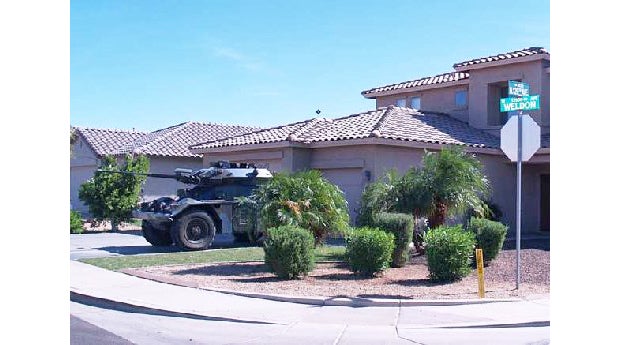
Action: Ground clearance, a vehicle that’s not so stiff that it can’t clamber over a pile of zombie corpses, and armor that will help you get through rather than get hung up.
Security: No soft-tops, no capes (and few racks). You don’t want the bad guys to get good purchase, and when the going gets weird, you need to lock the hatch. Too much glass can be a liability in this case.
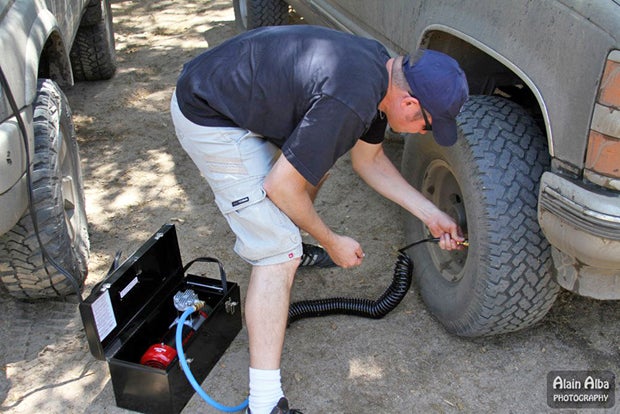
Sight: While your dad’s disco van with the teardrop blister windows might look secure, it’s a tradeoff for blind spots large enough for a squad of NVA regulars. Choose wisely, and know your weak points.
Reach: You never know how far the next gas will be (and if you can get to it), so if there’s no 35-gallon tank option, you’ll want a few jerry cans stashed in back.
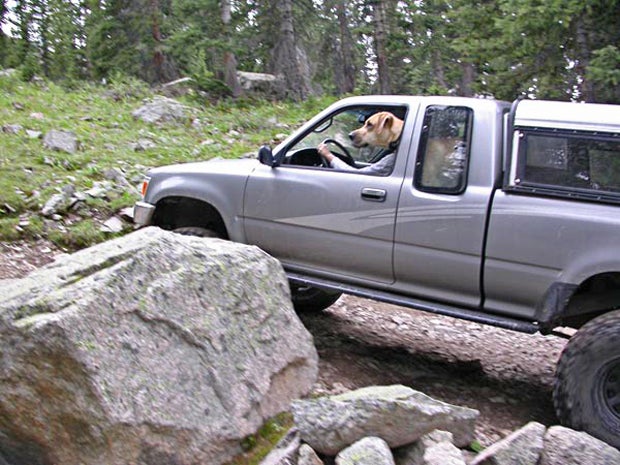
Fix: Can you haul the equipment and parts necessary to keep that truck alive? K.I.S.S.
Tools and gear: Some essentials – a 12-volt compressor or 12-volt fabrication gear, or a second spare tire, will be essential but take up a lot of room. Prepare to make choices.
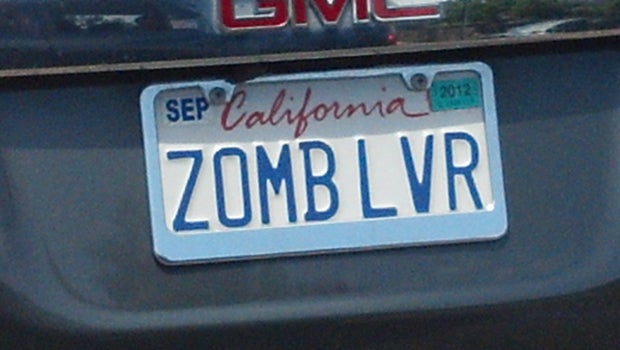
Fools and fear: Who’s coming, and how much does each need to survive? When planning for the concerns of ailing folks, things like medicine push a lot of other “essentials” into the “notsomuch” column. Unless you plan to eat pet food (which is a workable solution, according to Mad Max Rockatansky), your dog better hunt.
MORE OFF-ROAD STORIES
Toyota, Expedition Overland and an Epic Off-Road Journey


 Your Privacy Choices
Your Privacy Choices